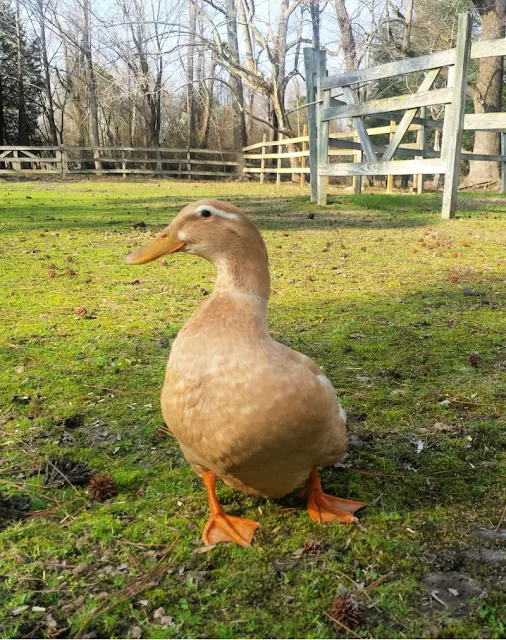All About The Saxony Duck Breed
The Saxony duck breed isn't terribly common, and certainly wasn't back in 2012 when I originally started raising them. Not many hatcheries, if any, were selling them.
As a result, I ended up hatching some Saxony eggs I got from a breeder on the Livestock Conservancy website.
All about Saxony Duck Breed
I've really enjoyed raising Saxony ducks over the past near-decade and find them not only beautiful, but fun and friendly ducks.
They are heavy dual-purpose ducks, weighing around 7 to 8 pounds, and the females lay lots of large white eggs. They also have a pretty fascinating history.
The History of the Saxony Duck Breed
The Saxony duck has an interesting history. The breed was developed in Germany in the 1930s by crossing the German Pekin and Rouen breeds with Blue Pomeranians. The breed is named after the Saxony Show of 1934, where the duck was first shown.
Nearly all the Saxony stock was lost during the course of World War II, but breeder Alfred Franz managed to pick up the pieces and continue his breeding program after the war. He successfully recovered the breed and by 1957 it was recognized as a new breed by the country of Germany.
Some Saxonies were imported to the United States in 1984 by David Holderread (who later developed the Golden Cascade breed) and admitted to the American Poultry Association (APA) in 2000.
The breed is considered endangered and on the critical list of The Livestock Conservancy, a nonprofit organization working to preserve all different endangered breeds of livestock, of which Fresh Eggs Daily is a lifetime member.
More about the Saxony Duck Breed
Saxonies tend to be good foragers and because of their larger size are somewhat less vulnerable to predation from aerial predators like hawks. Like all ducks, they are extremely cold-hardy birds.
Saxonies are fairly calm, friendly, gentle ducks, but are active and can be noisy when agitated. They are described as being "confident and sassy", two traits with which I agree. They definitely can hold their own in a large flock. They're a fun breed to raise.
Both male and female Saxonies have dark orange bills and feet, dark brown eyes and light, cream-colored bellies.
Female Saxony Ducks
Female Saxonies are a peach or salmon color with some white and gray on their wings and stripes of white "eyeliner" around their eyes. They can lay 190-240 large white eggs per year. They also can tend to be broody and make good mothers.
Male Saxony Ducks / Drakes
The male Saxonies are similarly colored on their bodies with beautiful slate gray heads and deep chestnut or burgundy chests with a distinctive white ring around their necks.
Drakes, especially when young, can be aggressive maters and multiple drakes will often fight with each other, so a close eye needs to be kept on them especially during mating season.
Saxony Ducklings
Saxony ducklings are initially yellow with just traces of faint lines around their eyes. They start to darken and then grow in their peach-colored feathers at a fairly young age.
As they get older, the color variations between the males and females will become apparent. Saxony ducks only come in the one buff or salmon variety/color.
































